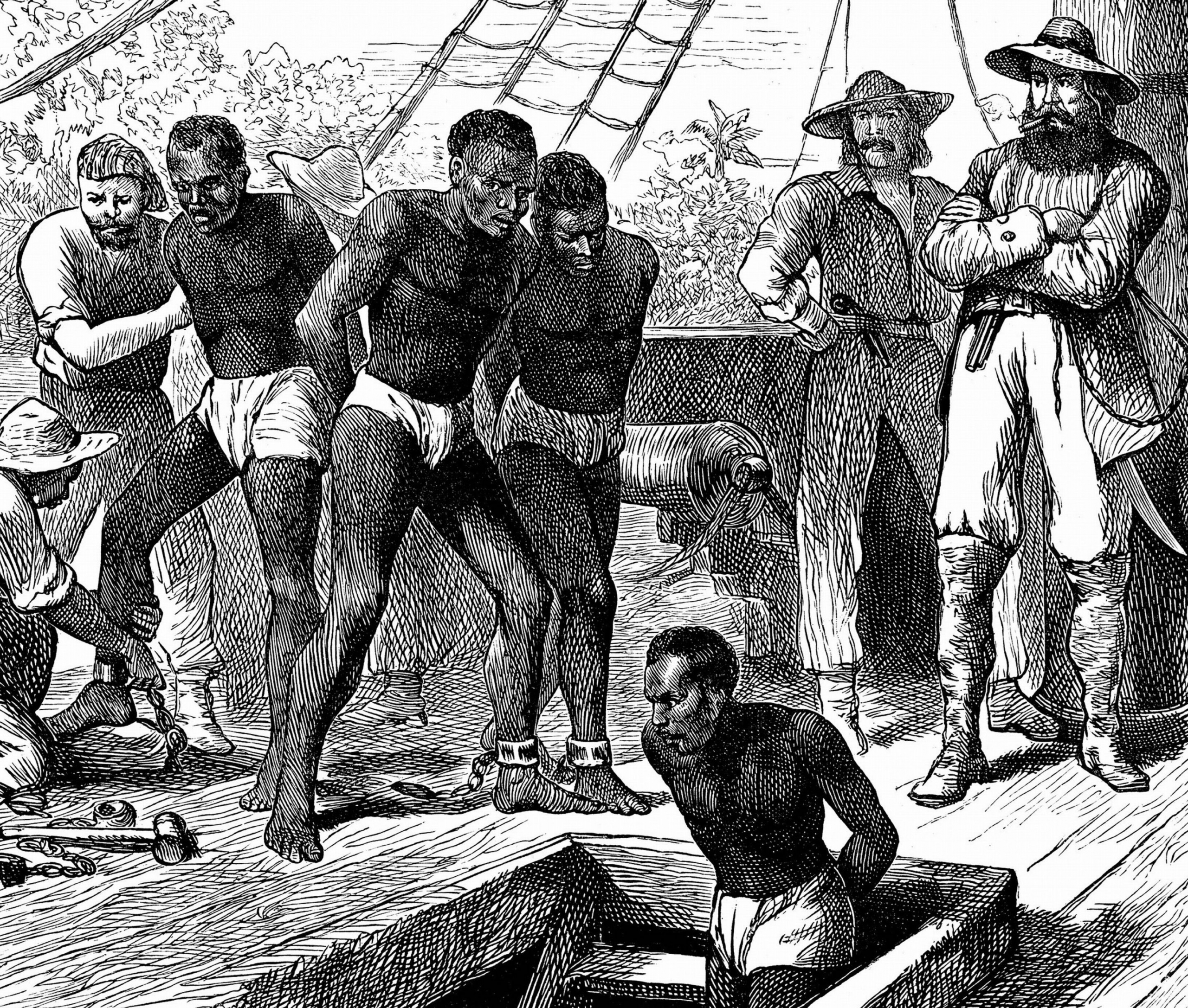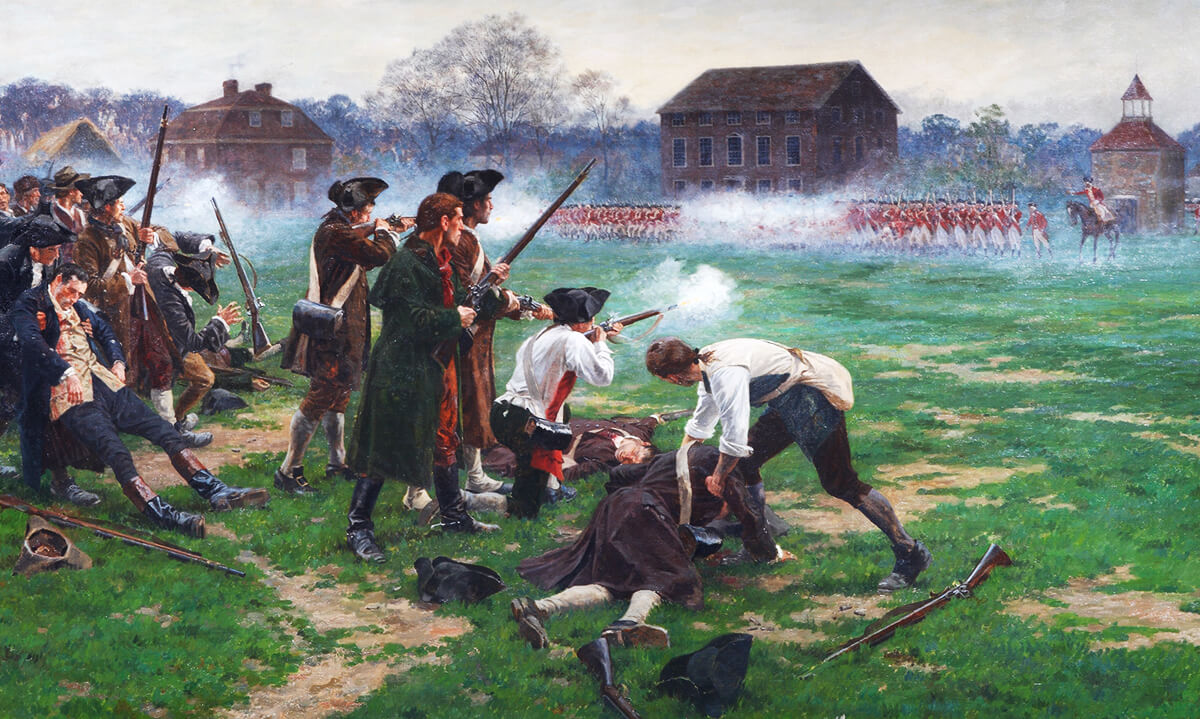Democratic Senator Tim Kaine announced on the floor of the Senate that:
“The United States didn’t inherit slavery from anybody. We created it.”1
For even the most basic student of world history such a statement ought to immediately be recognized as incomprehensively ridiculous. Historically, every single people, nation, culture, and race has at various times been both the slave and the master. Indeed, “all have sinned and fallen short” (Romans 3:23). Sen. Kaine, just like the famously inaccurate 1619 Project, must ignore documented history and create his own fantasy world to arrive at such a conclusion.
For example, in ancient Greece—which existed thousands of years before America—nearly 30% of their population were slaves. The Roman Empire reached a staggering 40%.2 In fact, one of the most significant and widely known aspects of the Bible centers around the Israelites being delivered out of slavery in Egypt through the famous Exodus. We could walk through every nation in human history and find a tragic past riddled with slavery.

Prior to the creation of the Trans-Atlantic Slave Trade by the Spanish from Africa to South America in the early 1500s, Africa already participated in a robust trans-Saharan and Indian Ocean slave trade. Black tribes would raid, capture, and enslave other black tribes for profit, selling them across the continent and beyond. Many of these slaves were sold into the Islamic Middle East, and “medieval Arabs came to associate the most degrading forms of labor with black slaves.”3 Most likely it was this racial bias which was translated to the Iberian Peninsula (i.e., Spain and Portugal) when the Muslims conquered parts of that area in the 8th century. When the Spanish became the first European nation to significantly colonize the New World, they seemingly brought this bias with them which was thereby disseminated through the Americas, North, Central, and South. In this sense, America very literally inherited racial slavery—from the Arab Middle East through Spain.

What is perhaps even more astounding is that a larger number of white Europeans were captured and sold into African slavery than the number of Africans sold into the land that would become the United States. Just over 300,000 black slaves landed in the North American colonies which became America4 but 1,250,000 white Europeans were captured and shipped to slave markets in Northern Africa.5 This Barbary Coast Trade lasted longer than American slavery and was only stopped through the naval efforts of the British and Americans. Furthermore, it was not until the late 17th century that black slaves in the New World outnumbered white slaves in the Old.6
Additionally, for hundreds of years before Christopher Columbus ever conceived of the idea to sail westward, the Native Americans practiced mass slavery amid other practices including human sacrifice and cannibalism. This pre-Columbian native slave trade was so prolific that “wherever European conquistadors set foot in American tropics, they found evidence of indigenous warfare, war captives, and captive slaves.”7 Indeed, indigenous cultures saw slavery rates so prevalent that up to 20-40% of all Indians were enslaved by other Indians.8

Even today, nearly 160 years after America became one of the first nations to abolish slavery, there are still 94 nations that do not have laws criminalizing slavery.9 This has led to the enslavement of over 40 million people in the world right now. In a stroke of tragic irony, Africa has the highest rate of slavery today, closely followed by Asia,10 while North America has the lowest.11 Currently, Africa holds some 9,240,000 people in chains and slavery today,12 which is nearly identical to the total number of slaves disembarked in the entire New World (North, Central, and South America) throughout the almost four centuries of the Trans-Atlantic slave trade.13
So, clearly Sen. Tim Kaine must either be completely ignorant about the history of slavery or maliciously intentional in his presentation of “facts.” America in no way created slavery—in fact, if we were to say anyone “created” slavery in America we must conclude that the indigenous people did so. By contrast, the United States, despite its well-known shortcomings, ought to receive credit for having done more than nearly any other nation in the history of the world to fight slavery both in the past and today.
(Our book, The American Story: The Beginnings, has extensive information on the history of slavery not only in the United States but also the world.)
Endnotes
1 Tobias Hoonhout, “Dem Sen. Kaine Claims United States ‘Created’ Slavery and ‘Didn’t Inherit Slavery from Anybody,’” National Review, June 16, 2020.
2 Fernando Santos-Granero, Vital Enemies: Slavery, Predation, and the Amerindian Political Economy of Life (Austin: University of Texas Press, 2009), 226-227.
3 Philip Morgan, “Origins of American Slavery,” Organization of American History Magazine of History (July 2005), 19:4:53.
4 “Summary Statistics,” Slave Voyages, accessed June 16, 2020. Summary Statistics with the Principle Place of Slave Landing being restricted to Rhode Island, Maine, New Hampshire, Massachusetts, Connecticut, New York, New Jersey, Pennsylvania, Maryland, Virginia, North Carolina, South Carolina, Georgia, Florida, the Gulf Coast, and “Other North America.”
5 Past & Present (Aug., 2001), No. 172, 118, Robert C. Davis, “Counting European Slaves on the Barbary Coast”; Robert C. Davis, Christian Slaves, Muslim Masters: White Slavery in the Mediterranean, the Barbary Coast, and Italy, 1500-1800 (NY: Palgrave MacMillan, 2004), 23-24.
6 Morgan, “Origins of American Slavery,” American History Magazine (July 2005), 19:4:53.
7 Santos-Granero, Vital Enemiese (2009), 1.
8 Santos-Granero, Vital Enemies (2009), 226-227.
9 Sonia Elks, “Slavery is Not a Crime for Almost Half the Countries in the World,” Reuters (February 12, 2020), accessed June 16, 2020.
10 “Prevalence Across the Regions,” Global Slavery Index (2018), accessed June 16, 2020, here.
11 “Regional Highlights: Americas,” Global Slavery Index (2018), accessed June 17, 2020, here.
12 “Region Highlights: Africa,” Global Slavery Index (2018), accessed June 16, 2020, here.
13 “Summary Statistics,” Slave Voyages, accessed June 16, 2020.
* This article concerns a historical issue and may not have updated information.
Still looking for answers? Visit our FAQ page
More Resources
Know the Truth and Protect Your Freedoms.
Still looking for answers? Visit our FAQ page
Stay Informed with the Latest Resources
Enter your email address to receive our regular newsletter, with important information and updates right in your inbox!










